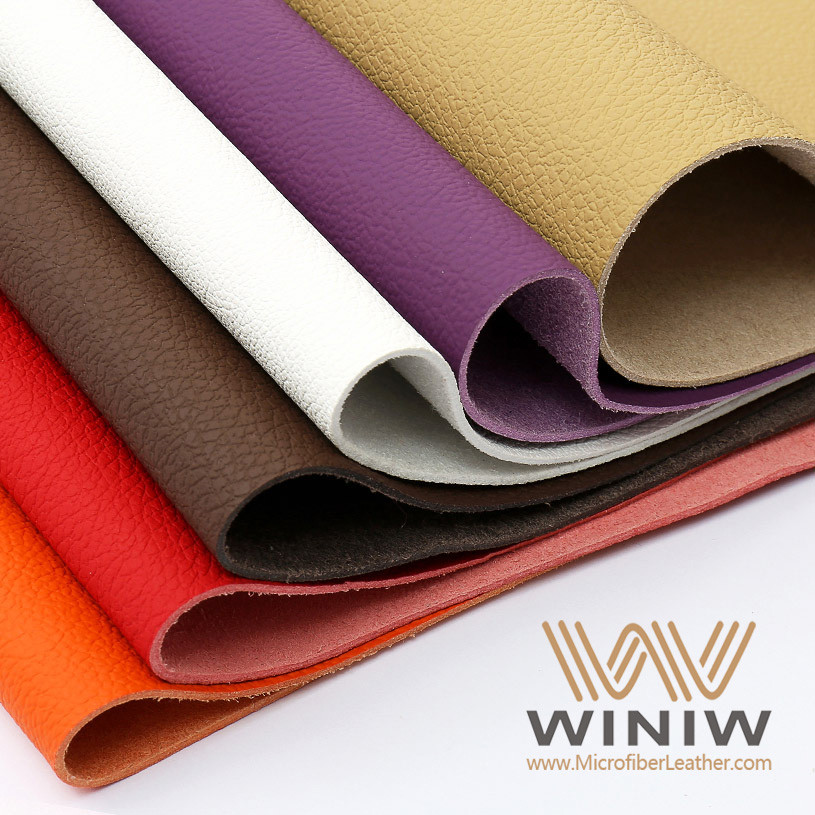
If you want the longest-lasting headliner fabric material, recent industry tests and user experiences point to synthetic leather as the leader. Faux Leathers synthetic leather stands out for its exceptional durability and ethical value. You will notice that the choice of automotive headliner fabric affects comfort and resale value. The right upholstery fabric can enhance soundproofing and elevate perceived value, as shown below:
|
Fabric Type |
Impact on Comfort |
Impact on Resale Value |
|---|---|---|
|
Foam-backed cloth |
Enhances soundproofing and plush feel |
Elevates perceived value |
|
Synthetic cloth |
Cost-effective but less comfortable |
May negatively affect resale value |
Synthetic leather, especially Faux Leathers, offers the longest lifespan, lasting up to 20 years.
Foam-backed cloth provides comfort and soundproofing but may sag over time; regular cleaning can extend its life.
Vinyl is durable and easy to clean, making it ideal for families and high-traffic vehicles.
Suede adds luxury but requires careful maintenance to avoid stains and fading.
Leather headliners are elegant and long-lasting but need regular conditioning to prevent drying.
Synthetic blends balance affordability and durability, lasting 8 to 12 years with proper care.
Faux Leathers synthetic leather is water-resistant and easy to maintain, making it a top choice for busy drivers.
Consider UV and moisture resistance when choosing headliner fabric to maximize longevity and appearance.
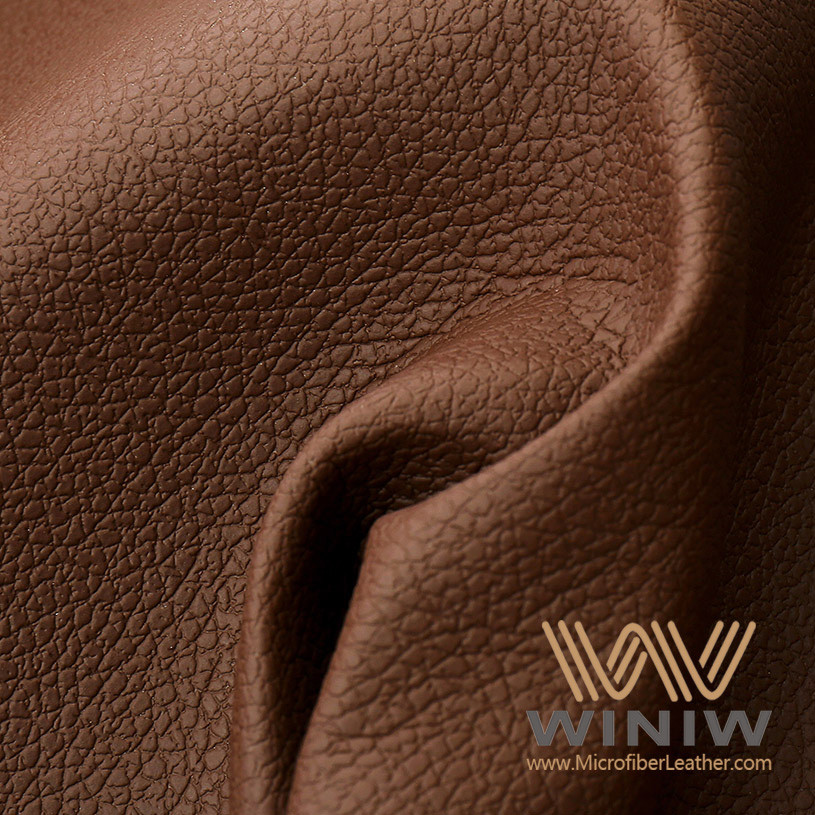
When you explore the types of automotive headliner fabric, you will notice that each material brings unique qualities to your car’s interior. Manufacturers select these materials based on durability, cost, and ease of maintenance. The table below highlights the defining characteristics of some popular options:
|
Fabric Type |
Characteristics |
|---|---|
|
Foam-Backed Cloth |
Lightweight, durable, soft texture, limited color selection, good sound absorption |
|
Vinyl |
Faux leather look, flannel backing, durable, easy to clean, available in many colors |
|
Suede |
Soft, luxurious feel, medium weight, low sheen, washable, creates a flat or tufted appearance |
You will often find foam-backed cloth as a standard car roof lining material. This fabric uses a layer of foam attached to a polyester headliner fabric, which gives it a plush feel and helps with soundproofing. Many drivers appreciate its lightweight nature and the way it dampens noise inside the cabin. Manufacturers choose foam-backed cloth for its cost-effectiveness and ability to resist sagging over time. However, the color selection tends to be limited. If you want a balance between comfort and affordability, this material remains a popular choice.
Tip: Regular cleaning with a soft brush or vacuum can help extend the life of your foam-backed cloth headliner.
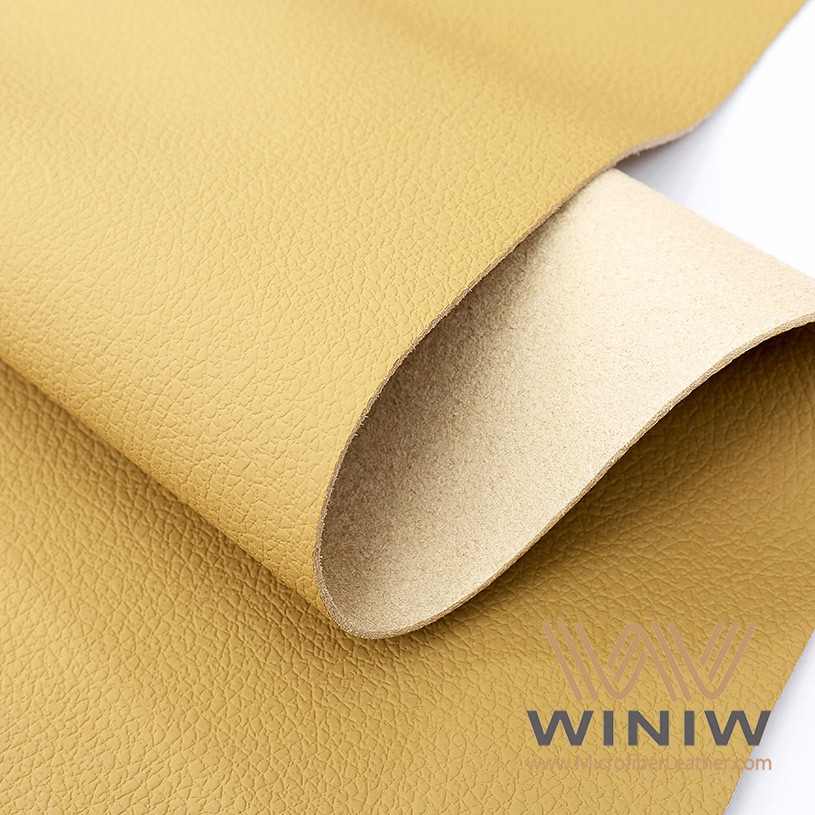
Vinyl stands out for its durability and easy maintenance. You might recognize it by its faux leather appearance and flannel backing. Many car owners prefer vinyl because it resists stains and wipes clean with minimal effort. This makes it ideal for vehicles that see frequent use or for families with children. Vinyl also comes in a wide range of colors, allowing you to match your interior style. Manufacturers often use foam-backed vinyl headliner in cars that require a tough, long-lasting solution. If you want a headliner that handles daily wear and tear, vinyl offers a practical option.
Suede gives your vehicle a touch of luxury. This fabric feels soft and smooth, with a low sheen that creates an upscale look. You will find suede in higher-end models or as an upgrade option. It is medium weight and washable, which helps maintain its appearance over time. Suede can create either a flat or tufted look, depending on how it is installed. While it looks elegant, you should know that suede may require more careful cleaning to avoid stains or water marks. If you value aesthetics and comfort, suede delivers a premium experience.
Recent trends show that fabrics like these account for over 60% of the automotive headliners market revenue. Their popularity comes from design flexibility, lightweight properties, and the ability to enhance both visual appeal and acoustic performance. Manufacturers continue to innovate, using materials that balance durability, cost, and sustainability.

Leather gives your car interior a classic and upscale look. You will notice the smooth texture and natural grain when you touch it. Many luxury vehicles use leather for their headliner fabric because it adds value and sophistication. Leather resists stains and holds up well against daily use. You can clean it with a damp cloth, which makes maintenance simple.
Note: Leather requires conditioning to prevent drying and cracking. You should use products made for automotive leather.
You will find leather in a variety of colors and finishes. Some manufacturers offer perforated leather for better breathability. Leather feels cool in summer and warm in winter, which improves comfort. If you want a premium experience, leather stands out as a top choice.
Pros of Leather Headliners:
Luxurious appearance
Durable and long-lasting
Easy to clean
Cons of Leather Headliners:
Higher cost
Needs regular conditioning
Limited color options compared to synthetics

Synthetic blends combine different fibers to create a versatile headliner fabric. You will see blends of polyester, nylon, and sometimes rayon. These materials work together to improve durability and flexibility. Synthetic blends resist fading and sagging, which helps your car interior look fresh for years.
You can choose from many colors and textures. Synthetic blends often mimic the look of natural fabrics but cost less. Manufacturers use these blends in both economy and mid-range vehicles. You will appreciate the balance between price and performance.
|
Feature |
Benefit |
|---|---|
|
Fade resistance |
Keeps color vibrant |
|
Flexibility |
Fits complex shapes easily |
|
Low cost |
Affordable for most budgets |
Tip: Vacuum your synthetic blend headliner regularly to prevent dust buildup.
Synthetic blends offer a practical solution if you want durability without a high price tag. You can enjoy a comfortable ride and a stylish interior.
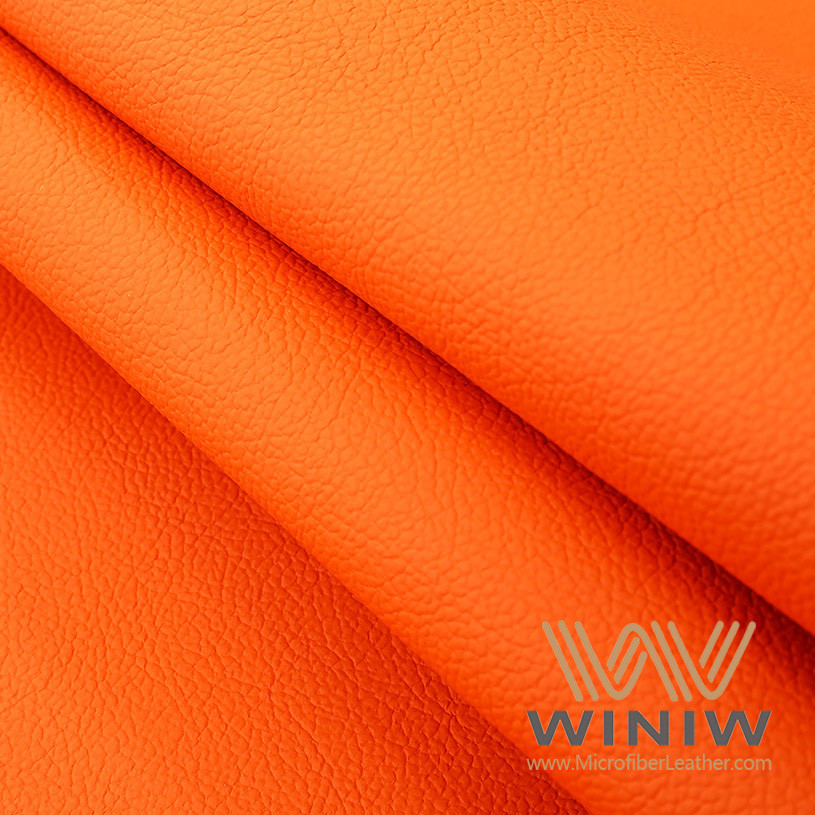
Faux Leathers synthetic leather sets a new standard for automotive headliner fabric. You will notice its realistic leather look and feel, which adds elegance to any vehicle. This material uses advanced technology to mimic genuine leather while offering superior durability.
You benefit from water resistance and easy cleaning. Faux Leathers synthetic leather resists stains, scratches, and fading. You can wipe it clean with a damp cloth, which saves time and effort. The material stays flexible in extreme temperatures, so it performs well in both hot and cold climates.
Callout: Faux Leathers synthetic leather is cruelty-free and eco-friendly. You support ethical choices when you select this material.
You can choose from a wide range of colors and textures. Faux Leathers offers customization options to match your style. The material meets strict safety and environmental standards, which gives you peace of mind.
Why Choose Faux Leathers Synthetic Leather?
Outstanding durability
Easy maintenance
Ethical and sustainable
Wide design selection
If you want a headliner fabric that combines style, strength, and responsible sourcing, Faux Leathers synthetic leather is a leading choice.
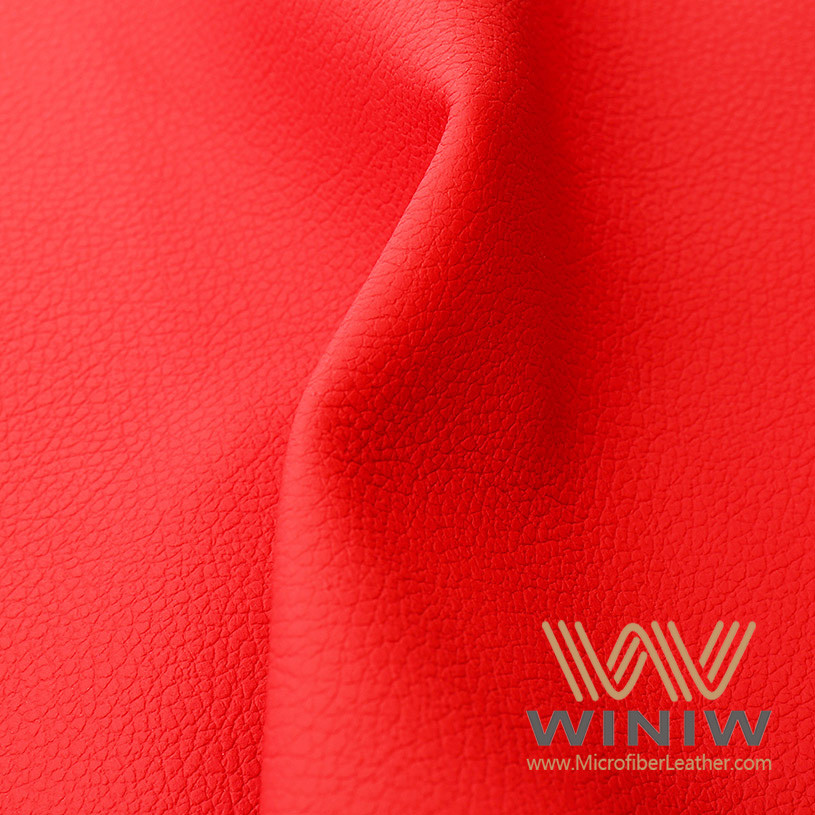
You will find that foam-backed cloth headliner fabric offers a moderate lifespan. Most vehicles with this material see about 5 to 10 years of reliable use before signs of aging appear. The foam layer can break down over time, especially in hot climates. If you park your car outside often, you may notice the fabric losing its structure sooner.
Foam-backed cloth resists sagging at first. Over time, the foam adhesive can weaken, causing the fabric to detach from the roof. This issue becomes more common in older vehicles or those exposed to high humidity. Regular inspection helps you catch early signs of sagging.
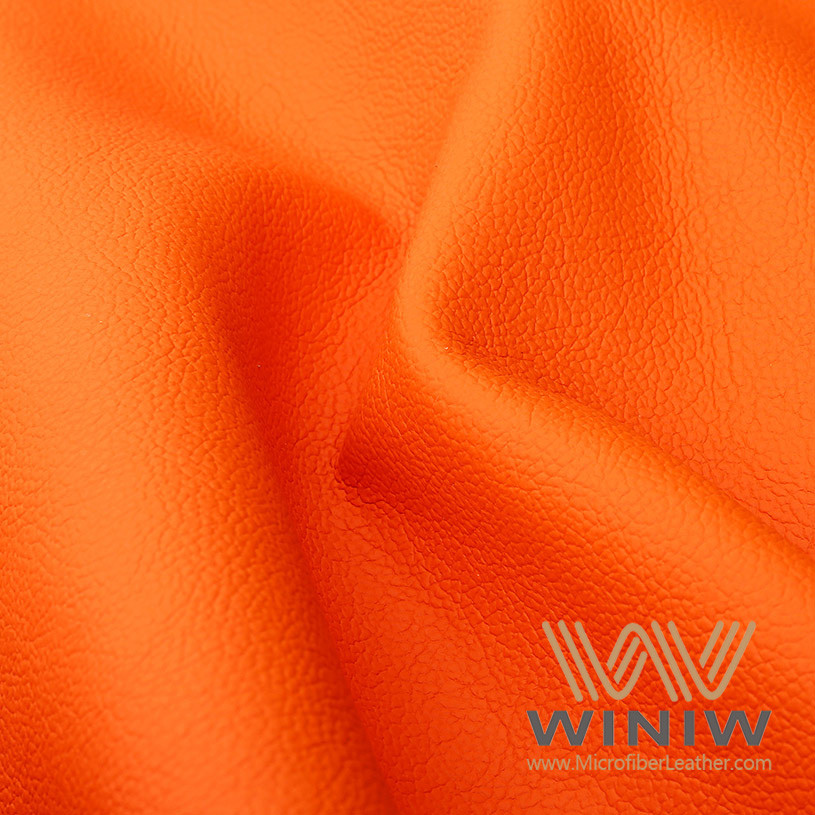
This type of upholstery fabric can fade when exposed to direct sunlight. The color may lose vibrancy, and the surface can show wear in high-contact areas. Using sunshades and parking in shaded areas helps slow down fading.
You will appreciate the low-maintenance nature of foam-backed cloth. Vacuuming removes dust and debris. For stains, a mild upholstery cleaner works well. Avoid soaking the fabric, as excess moisture can damage the foam layer. Routine care keeps your automotive headliner fabric looking fresh.
Vinyl headliner fabric stands out for its long lifespan. Many automotive interiors with vinyl headliners last 10 years or more. The material resists cracking and holds up well under daily use. You can expect vinyl to maintain its appearance longer than most cloth options.
Vinyl resists sagging better than foam-backed cloth. The material stays firmly attached to the roof when installed correctly. You rarely see sagging unless the adhesive fails due to extreme heat or age.
Vinyl offers strong resistance to fading and wear. The surface does not absorb stains easily, and colors remain vibrant even after years of sun exposure. You will notice that vinyl maintains its look with minimal effort.

You will find vinyl easy to clean. Wipe the surface with a damp cloth to remove dust and spills. Most automotive care guides recommend vinyl for its water resistance and simple upkeep. You do not need special cleaners or conditioners. This makes vinyl a practical choice for busy drivers.
Suede headliner fabric brings a luxurious feel but has a shorter lifespan compared to vinyl or leather. You can expect 5 to 8 years of good performance with proper care. Suede is more sensitive to moisture and stains, which can shorten its usable life if not maintained.
Suede resists sagging when installed with quality adhesives. Over time, humidity and temperature changes can affect the bond. You may notice sagging in older vehicles or those exposed to harsh conditions.
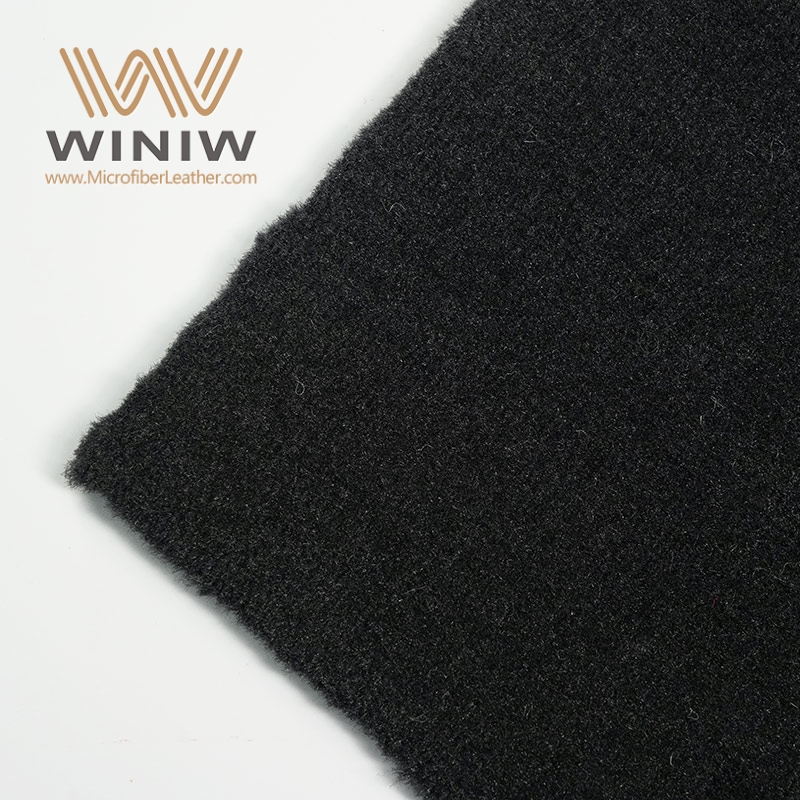
Suede is prone to fading and wear, especially in areas that receive direct sunlight. The soft texture can show marks from contact or cleaning. Using gentle cleaning methods and protecting the interior from UV rays helps preserve the fabric.
You need to take extra care with suede upholstery. Use a soft brush or vacuum to remove dust. For stains, use a cleaner made for delicate fabrics. Avoid water, as it can leave marks. Suede requires more attention than other headliner materials, but regular care keeps it looking elegant.
Tip: For all headliner fabrics, regular cleaning and protection from sunlight extend the life of your automotive upholstery fabric.
You will notice that leather headliners offer impressive longevity. Many luxury vehicles use leather because it can last 10 to 15 years with proper care. The natural strength of leather helps it resist everyday wear. If you keep your car interior clean and condition the leather regularly, you can expect it to look great for a long time.
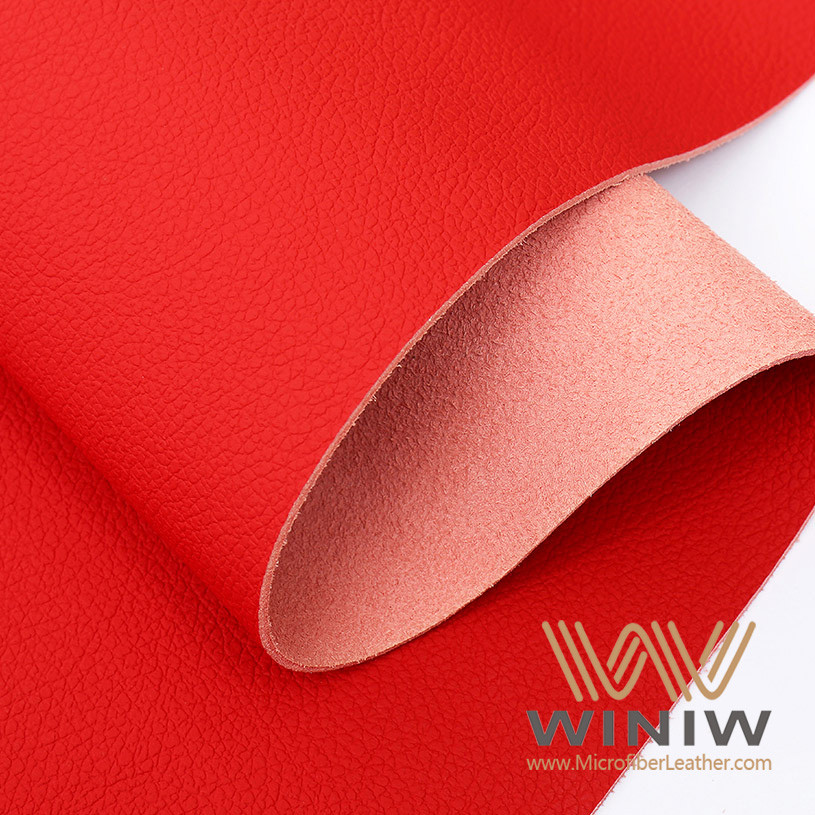
Leather resists sagging better than most cloth materials. The dense structure of leather helps it stay firmly attached to the roof. You rarely see sagging unless the adhesive fails or the leather dries out. Regular conditioning keeps the material flexible and helps prevent this problem.
Leather stands up well to daily use, but it can fade if exposed to direct sunlight for long periods. You may notice the color becoming lighter over time, especially in sunny climates. Using sunshades and parking in the shade helps protect the leather. Conditioning products also help maintain the color and prevent cracking.
You will find leather easy to clean. Wipe it with a damp cloth to remove dust and spills. Use a leather conditioner every few months to keep the surface soft and prevent drying. Avoid harsh chemicals, as they can damage the finish. With regular care, leather headliners stay attractive and durable.
Synthetic blends give you a good balance between cost and durability. These materials often last 8 to 12 years in most vehicles. The combination of fibers like polyester and nylon helps the fabric resist stretching and tearing. You get a reliable headliner that holds up well over time.
Synthetic blends resist sagging better than foam-backed cloth. The fibers maintain their shape and stay attached to the roof. Proper installation is important. If you use quality adhesives, you will see fewer problems with sagging.
You will appreciate the fade resistance of synthetic blends. The colors stay vibrant even after years of sun exposure. The fabric also resists stains and general wear. This makes it a popular choice for drivers who want a low-maintenance interior.
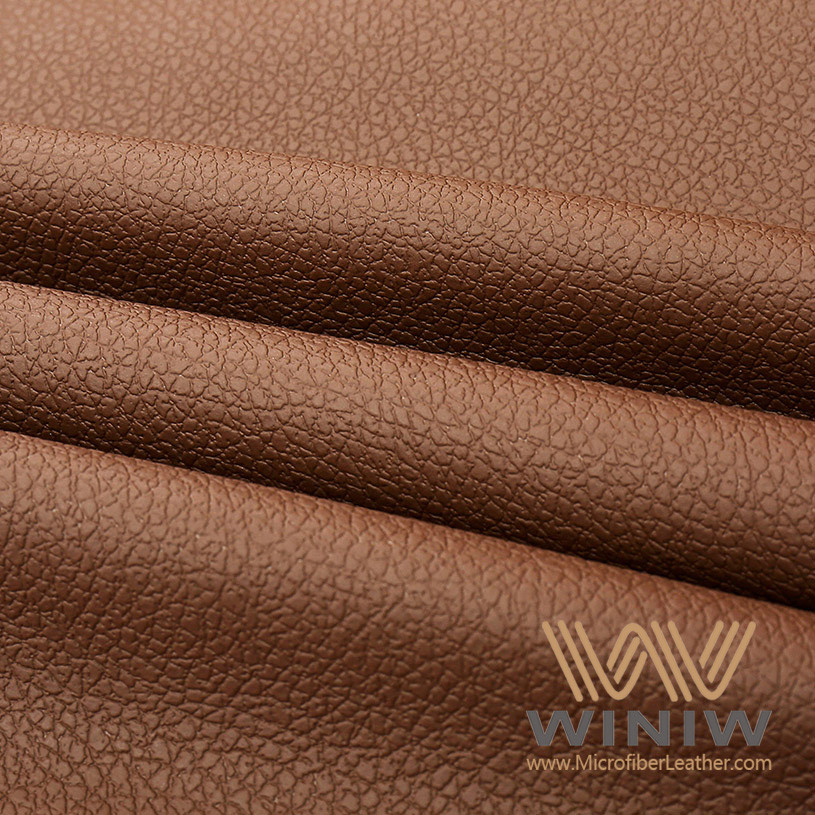
Synthetic blends are easy to care for. Vacuum the surface to remove dust. For stains, use a mild upholstery cleaner. The fabric dries quickly and does not trap odors. Regular cleaning keeps your headliner fabric looking new.
Faux Leathers synthetic leather sets a high standard for lifespan. You can expect this material to last 12 to 20 years in automotive interiors. The advanced manufacturing process gives it strength and flexibility. It resists cracking and peeling, even with frequent use.
You will notice excellent sagging resistance with Faux Leathers synthetic leather. The material stays firmly in place, thanks to its stable backing and strong adhesive compatibility. Even in hot or humid conditions, it maintains its shape and structure.
Faux Leathers synthetic leather resists fading and wear better than many traditional materials. The surface is treated to block UV rays, so the color stays rich and vibrant. It also stands up to scratches and stains, making it ideal for busy families or high-traffic vehicles.
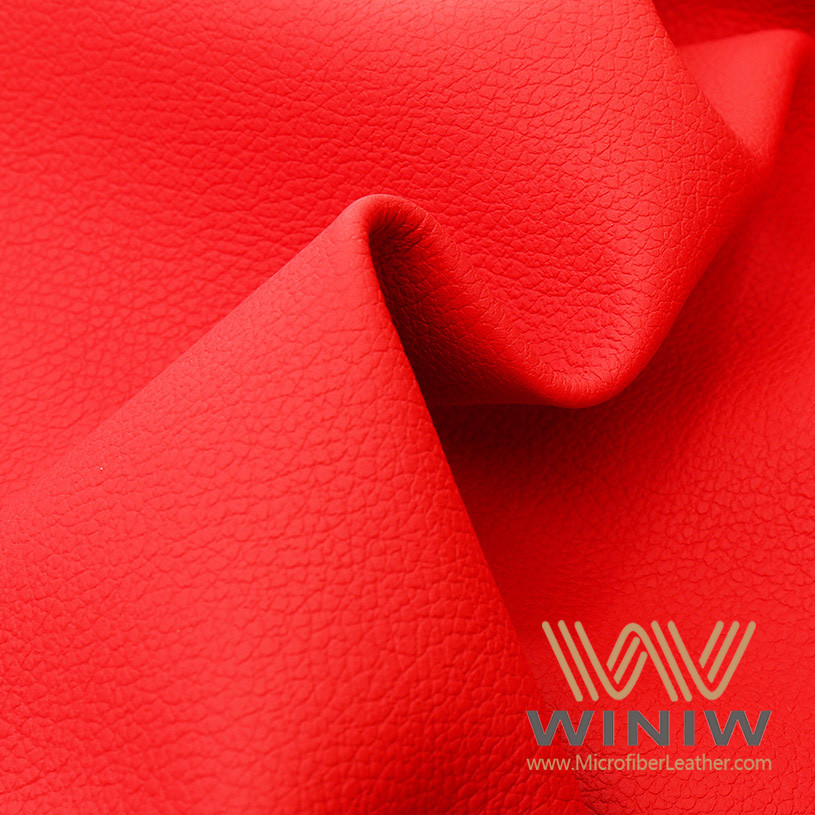
Tip: Choose Faux Leathers synthetic leather if you want a headliner that looks new for years with minimal effort.
You will find maintenance simple and quick. Wipe the surface with a damp cloth to remove dust and spills. The water-resistant finish prevents stains from setting in. You do not need special cleaners or conditioners. This ease of care makes Faux Leathers synthetic leather a top choice for anyone seeking a durable, attractive, and low-maintenance headliner fabric.
When you choose automotive headliner fabric, you need to consider more than just appearance. The lifespan of your upholstery depends on several factors. These include environmental exposure, how you use and maintain the fabric, and the quality of installation. Each factor can make a big difference in how long your automotive upholstery fabric stays in top shape.
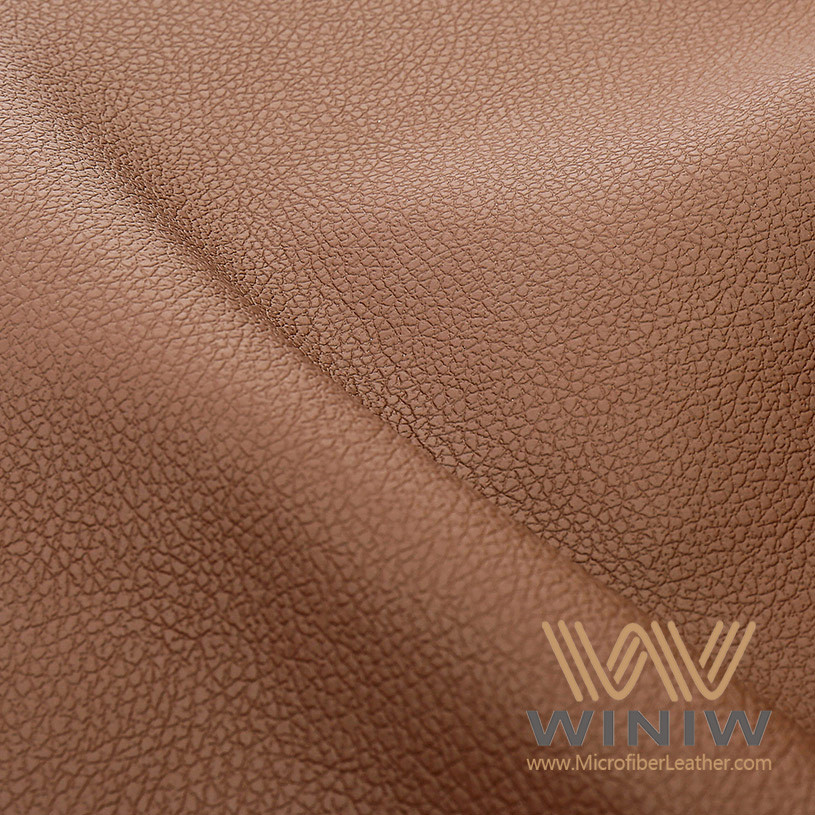
Sunlight can cause fading and weaken many types of upholstery. UV rays break down fibers and lead to discoloration. Some fabrics, like Faux Leathers synthetic leather, receive special treatments to block UV rays. This helps the material keep its color and strength for years. You will notice that headliner fabrics with UV protection look newer longer, even in sunny climates.
Moisture is another threat to your headliner. Water can cause stains, mold, or even delamination if the fabric absorbs it. Faux Leathers synthetic leather resists water, so spills and humidity do not easily damage it. Many modern headliner fabrics now include water-resistant coatings. This feature helps prevent common problems like sagging or odor buildup.

Temperature swings test the durability of any upholstery. Laboratory tests show that headliner fabrics can handle temperatures from minus 35 to plus 100 degrees Celsius. The VW TL 52226 standard requires molded headliners to stay intact at 55 degrees Celsius and 95 percent humidity. Faux Leathers synthetic leather performs well in both hot and cold conditions. You can trust it to maintain its structure and appearance, even in extreme weather.
Tip: Park in shaded areas or use sunshades to reduce UV and heat exposure. This simple habit extends the life of your upholstery fabric.
Your cleaning routine affects how long your headliner lasts. Regular vacuuming removes dust and prevents buildup. For stains, use a damp cloth or a mild cleaner. Faux Leathers synthetic leather makes cleaning easy because it resists stains and does not trap odors. Avoid harsh chemicals, as they can damage most upholstery.
How often you use your vehicle also matters. Daily drivers see more wear than cars used only on weekends. High-traffic vehicles need tougher materials. Synthetic leather and quality blends hold up well under frequent use. If you drive often, choose a headliner fabric known for durability.
Note: Consistent care and gentle cleaning help all types of automotive headliner fabric last longer.
Installation quality plays a major role in headliner longevity. Professional installers use precise techniques and high-quality materials. This ensures your upholstery fits perfectly and stays secure. DIY installations sometimes lead to misalignment, gaps, or even tears. Industry experts agree that professional installation greatly improves the durability of your headliner.
The right adhesive keeps your headliner in place. Strong adhesives, like those from 3M, work well with plastics, metals, and foam. Permatex products are best for rubber and textiles. Using the correct adhesive prevents sagging and delamination. Poor adhesive choices often cause early failure, especially in hot or humid environments.
Common causes of headliner failure include:
Inconsistent material quality
Material incompatibility
Contamination during installation
Incorrect fitting or misalignment
Damage from poor handling
Loss of adhesion under heat or pressure

Choosing the right materials, maintaining your upholstery, and ensuring professional installation all help maximize the lifespan of your automotive headliner fabric. Faux Leathers synthetic leather stands out for its resistance to UV, moisture, and temperature extremes, making it a smart choice for long-lasting performance.
You can learn a lot from what other drivers say about their experiences with different headliner fabric materials. Many users praise foam-backed cloth for its durability and ability to block UV rays. You will notice that customers often mention the comfort and noise reduction benefits of foam-backed options. Alcantara and Faux Leathers synthetic leather receive high marks for their luxurious feel and long-lasting performance. People appreciate how easy it is to install and handle foam-backed headliners. You will see positive comments about the way Faux Leathers synthetic leather resists stains and fading, even after years of use. Families with children often choose synthetic leather because it cleans up quickly and stays looking new.
Users highlight the durability and UV resistance of foam-backed cloth and other materials.
Alcantara and Faux Leathers are noted for their luxurious feel and long-lasting performance.
Customers appreciate the comfort and noise reduction benefits provided by foam backing.
Positive feedback often mentions the ease of installation and handling of foam-backed options.
Tip: If you want a headliner that stands up to daily use and keeps your car quiet, look for materials with strong user reviews.

Automotive upholstery experts study how different fabrics perform over time. You will find that they rate vinyl and synthetic blends highly for their waterproof qualities and easy maintenance. Experts say suede and cotton offer comfort and are simple to work with during installation. Flat knit fabrics get attention for their affordability and durability. Faux Leathers synthetic leather stands out in expert discussions for its combination of durability, ease of cleaning, and user satisfaction. Experts agree that choosing the right material can make a big difference in how your car interior looks and feels for years.
|
Fabric Type |
Durability |
Maintenance |
User Satisfaction |
|---|---|---|---|
|
Flat Knit |
Affordable, durable |
Easy to clean, moisture-resistant |
High ratings online |
|
Suede |
Comfortable |
Easy to work with, adhesive-friendly |
High ratings online |
|
Cotton |
Comfortable |
Lightweight, easy to work with |
High ratings online |
|
Vinyl |
Waterproof |
Easy to clean |
High ratings online |
Note: Experts recommend synthetic leather for its superior resistance to wear and simple cleaning routines.
You can see the real impact of headliner fabric choices in case studies from automotive shops and upholstery specialists. One shop replaced a worn-out cloth headliner with Faux Leathers synthetic leather in a family SUV. The owner reported that the new headliner stayed clean and bright after two years of heavy use. Another case involved a classic car restoration. The team chose Faux Leathers synthetic leather for its authentic look and easy maintenance. The restored interior received praise at car shows for its appearance and durability. These stories show that Faux Leathers synthetic leather delivers lasting value and satisfaction in real-world conditions.
A family SUV with Faux Leathers synthetic leather headliner showed no stains or fading after two years.
Classic car restorers prefer Faux Leathers synthetic leather for its authentic look and easy care.
Car show judges complimented the durability and style of Faux Leathers synthetic leather interiors.
Callout: You can trust Faux Leathers synthetic leather to provide a long-lasting, attractive solution for your vehicle.
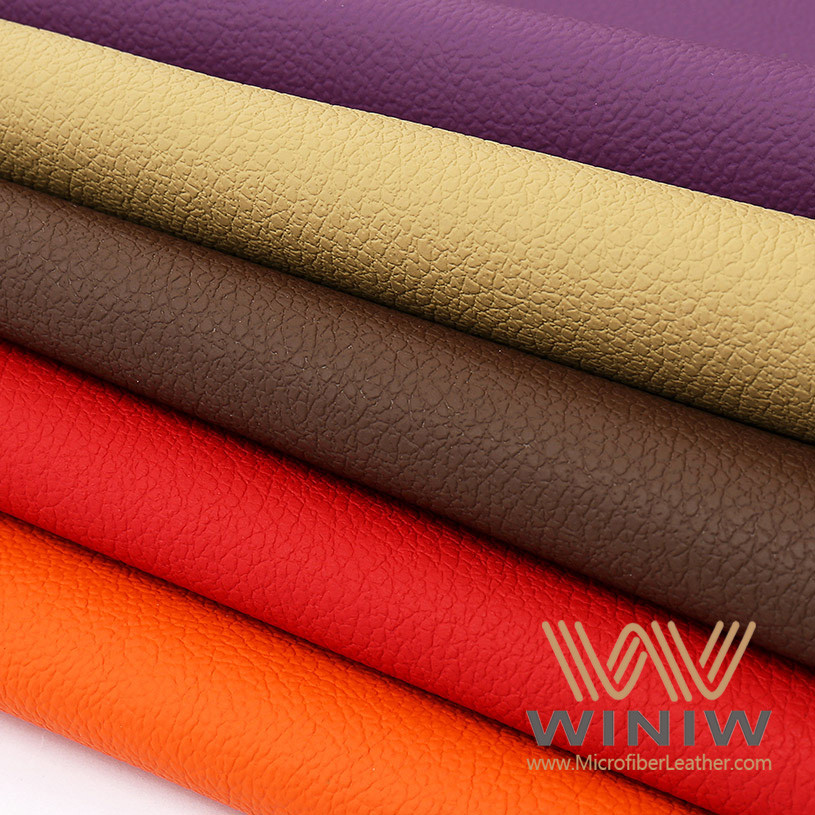
You often see foam-backed cloth in many vehicles. This material combines a soft fabric layer with a foam backing. You get a comfortable and quiet ride because the foam absorbs sound. Many drivers like the plush feel and the way it improves cabin comfort.
|
Pros |
Cons |
|---|---|
|
Soft and comfortable |
Foam can break down over time |
|
Good sound absorption |
Prone to sagging if adhesive fails |
|
Affordable and widely available |
Limited color and texture options |
|
Easy to install and replace |
Can fade with sun exposure |
Tip: Regular vacuuming helps keep foam-backed cloth looking fresh. Avoid soaking the fabric to prevent foam damage.
You may notice that foam-backed cloth works well for daily drivers who want comfort at a reasonable price. However, you should watch for sagging or fading, especially in older vehicles.
Vinyl stands out for its toughness. You get a headliner that resists scratches, tears, and stains. Many car owners choose vinyl for its easy cleaning and long lifespan. You can wipe away most spills with a damp cloth.
|
Pros |
Cons |
|---|---|
|
Highly durable and resistant to damage |
Less breathable, can trap heat and moisture |
|
Easy to clean and maintain |
Feels stiffer than cloth or faux leather |
|
Affordable compared to many other materials |
Limited in luxury appearance |
|
Wide range of color choices |
Can feel plasticky to the touch |
Vinyl works best in vehicles that see heavy use. You might pick vinyl if you want a headliner that can handle kids, pets, or lots of passengers. The surface does not absorb odors or stains easily.
Note: Vinyl can feel warmer in summer because it traps heat. You may want to use sunshades or park in the shade.

Suede gives your car a touch of luxury. You feel the soft, velvety texture every time you look up. Many high-end vehicles use suede for its elegant appearance. You can choose from several colors to match your style.
|
Pros |
Cons |
|---|---|
|
Luxurious and soft feel |
Sensitive to moisture and stains |
|
Upscale appearance |
Requires careful cleaning |
|
Good sound absorption |
Can fade with sun exposure |
|
Available in various colors |
Shorter lifespan than vinyl or leather |
You may enjoy the premium look and feel of suede. However, you need to clean it gently and protect it from spills. Suede works well if you want style and comfort, but you should expect more maintenance.
Callout: If you value elegance and comfort, suede offers a unique upgrade for your vehicle’s interior. Just remember to care for it properly to keep it looking its best.
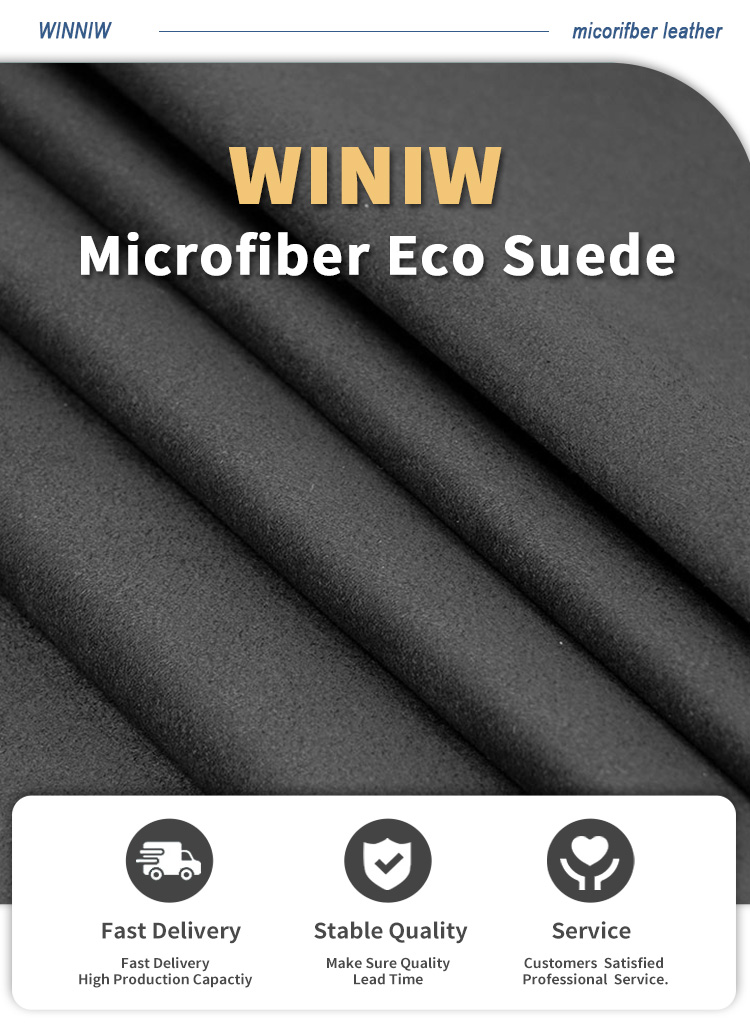
Leather gives your car a classic and luxurious feel. You will notice the smooth texture and natural grain every time you look up. Many luxury vehicles use leather for their headliners because it adds value and style. You can expect leather to last a long time if you care for it properly.
|
Pros |
Cons |
|---|---|
|
Elegant, premium appearance |
Higher cost than most other materials |
|
Durable and long-lasting |
Needs regular conditioning to prevent cracks |
|
Easy to clean with a damp cloth |
Limited color and texture options |
|
Resists stains and daily wear |
Can fade in direct sunlight |
You will find that leather resists sagging and holds its shape well. Regular conditioning keeps the material soft and prevents drying. If you want a headliner that stands out, leather offers a timeless choice. However, you should remember that leather needs more care than synthetic options. Use sunshades or park in the shade to protect the color from fading.
Tip: Use a leather conditioner every few months to keep your headliner looking and feeling its best.
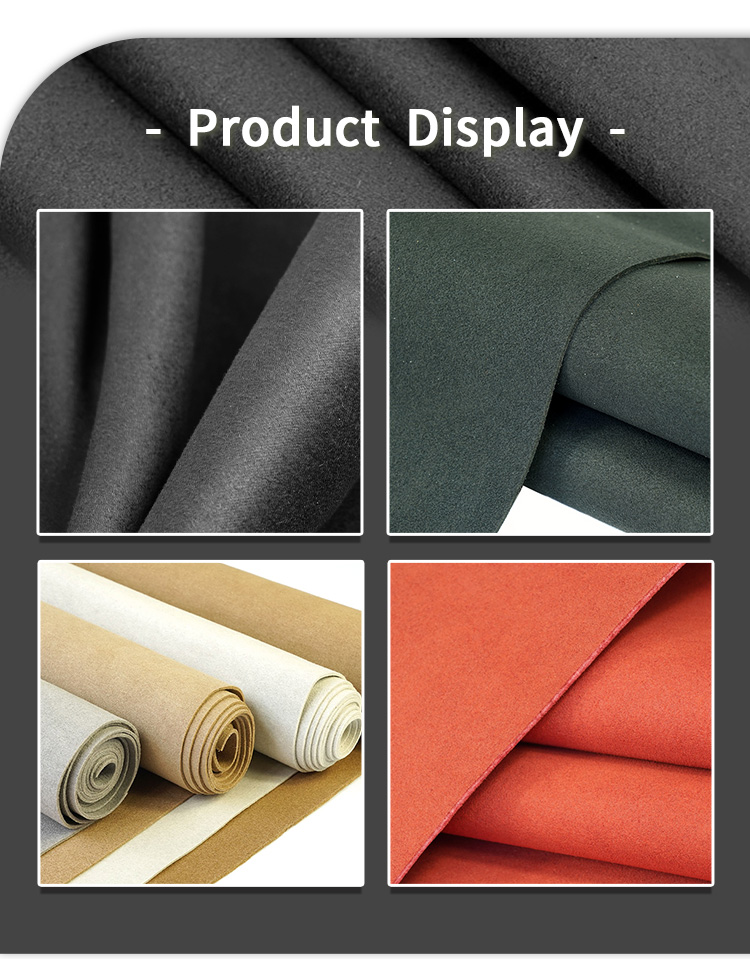
Synthetic blends combine fibers like polyester and nylon to create a versatile headliner fabric. You get a balance between durability and affordability. Many car manufacturers use synthetic blends because they resist fading and sagging.
|
Pros |
Cons |
|---|---|
|
Affordable and widely available |
May not feel as luxurious as leather or suede |
|
Good resistance to fading and stains |
Can show wear in high-contact areas |
|
Flexible and easy to install |
Limited breathability |
|
Available in many colors and textures |
Some blends may trap odors |
You will appreciate how easy it is to maintain synthetic blends. Vacuuming and spot cleaning keep the fabric looking fresh. Synthetic blends work well in both economy and mid-range vehicles. If you want a practical solution that lasts, this material delivers reliable performance.
Note: Synthetic blends offer a smart choice if you want a headliner that balances cost and durability.
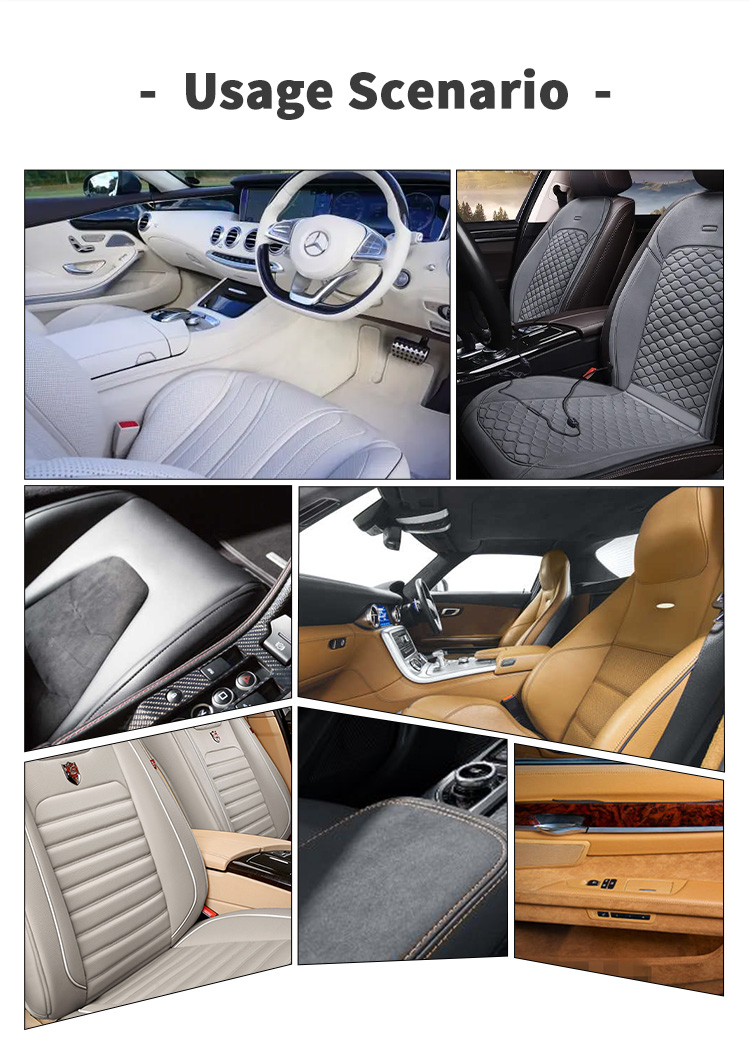
Faux Leathers synthetic leather sets a new standard for modern automotive interiors. You get the look and feel of real leather without the high price or ethical concerns. This material uses advanced technology to mimic genuine leather while offering extra benefits.
|
Pros |
Cons |
|---|---|
|
Outstanding durability and lifespan |
Slightly less breathable than real leather |
|
Water-resistant and easy to clean |
May feel less soft to the touch for some |
|
Wide range of colors and textures |
|
|
Ethical and cruelty-free option |
|
|
Resists fading, stains, and scratches |
|
You will find Faux Leathers synthetic leather easy to maintain. A simple wipe with a damp cloth removes dust and spills. The material resists UV rays, so it keeps its color even in sunny climates. You can choose from many styles to match your car’s interior. If you want a headliner fabric that combines strength, style, and responsible sourcing, Faux Leathers synthetic leather stands out as a top choice.
Callout: Choose Faux Leathers synthetic leather for a long-lasting, eco-friendly, and stylish upgrade to your vehicle.

You will find that Faux Leathers synthetic leather leads in longevity among headliner fabric materials, offering outstanding durability and easy maintenance. When choosing fabric for your automotive headliner fabric, consider comfort, climate resistance, and long-term cost benefits. Upholstery experts recommend selecting upholstery fabric with UV and moisture resistance to maximize lifespan. Consult knowledgeable suppliers and balance style, budget, and installation ease. The shift toward sustainable upholstery fabric supports ethical values and reduces environmental impact, making your vehicle’s interior both comfortable and responsible.
Tip: Regular care and smart material selection keep your automotive upholstery fabric looking new and feeling comfortable for years.
|
Factor |
Description |
|---|---|
|
UV Resistance |
Prevents fading and breakdown |
|
Water Resistance |
Protects against stains and mold |
|
Durability |
Reduces sagging and tearing |
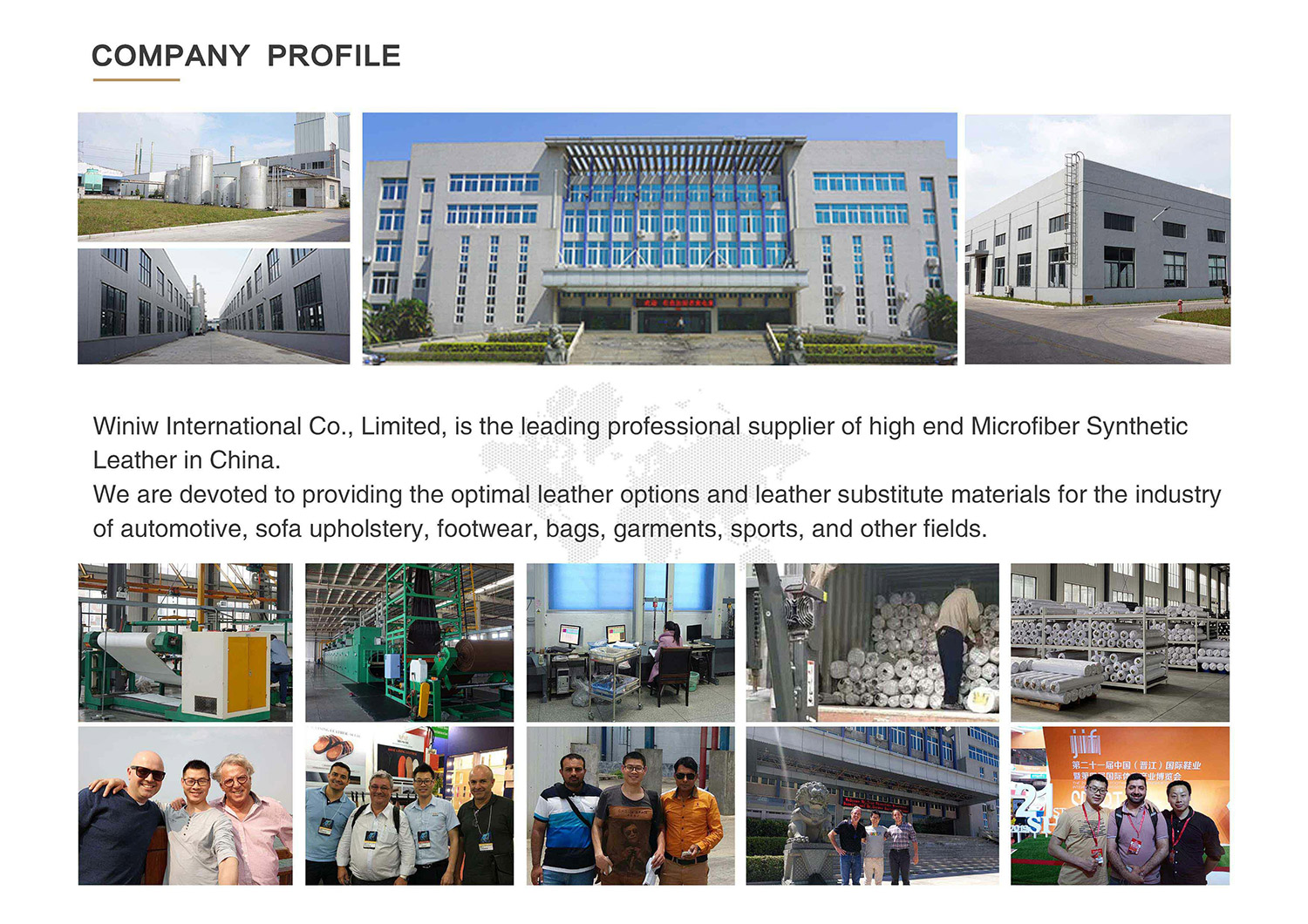
You will find that synthetic leather, especially Faux Leathers synthetic leather, offers the longest lifespan. It resists fading, sagging, and wear better than most other materials. You can expect it to last up to 20 years.
You should use a vacuum for dust and a damp cloth for stains. Mild soap works well for tougher spots. Avoid soaking the fabric. Faux Leathers synthetic leather cleans easily with just a wipe.
You get excellent water resistance with synthetic leather. Spills do not soak in, and stains rarely set. You can wipe away most messes quickly. This makes it ideal for families and daily drivers.
You can install a headliner as a DIY project. You need the right adhesive and tools. Professional installation gives better results and longer-lasting fabric. If you want a flawless finish, consider hiring an expert.
You will notice sagging when adhesives fail or foam backing breaks down. Heat and humidity speed up this process. Choosing high-quality materials like Faux Leathers synthetic leather helps prevent sagging.
You see fading and weakening of fabric with prolonged sun exposure. UV rays break down fibers and colors. Synthetic leather from Faux Leathers includes UV protection, so it stays vibrant longer.
You support ethical and sustainable practices when you choose synthetic leather. Faux Leathers synthetic leather uses no animal products and meets strict environmental standards. You make a responsible choice for your car interior.
You will find Faux Leathers synthetic leather the easiest to maintain. It resists stains, fading, and moisture. You only need a damp cloth for cleaning. Other fabrics may need special cleaners or more frequent care.

Scan to wechat:
